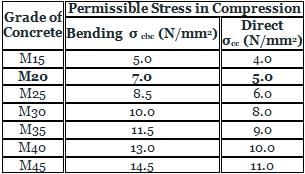Test: Working Stress Method - Civil Engineering (CE) MCQ
10 Questions MCQ Test RCC & Prestressed Concrete - Test: Working Stress Method
If the permissible stress in steel in tension is 140 N / mm2, then the depth of neutral axis for a single reinforced rectangular balanced section will be
Which method assumes that the structural material behaves in a linearly elastic manner?
The following should be arranged in ascending order based on their safety factor in the working stress method: (i) Connections, (ii) Short column, (iii) Long column, (iv) Tension members
Permissible stress σcb as per IS : 456 for M20 concrete is:
In a cantilever retaining wall, the main steel reinforcement is provided
If the dimension of water tank is greater than 15 m in this case minimum steel requirement of steel is
In WSM, if the critical depth of neutral axis is equal to k × d where d is effective depth of beam, then what is the value of k for steel 500 and concrete M25?
Steel Beam theory is the method used to analyze and in the design of a:
As per IS 456 : 2000, using working stress method, the modular ratio of M25 grade of concrete for permissible compressive strength due to bending in concrete σcbc = 8.5 MPa is:
Permissible stress σcb as per IS : 456 for M20 concrete is:
|
13 videos|42 docs|34 tests
|


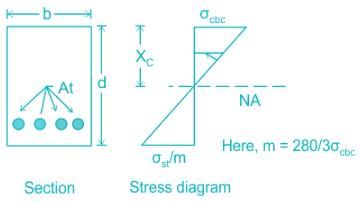

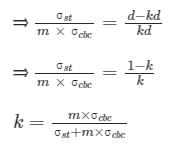




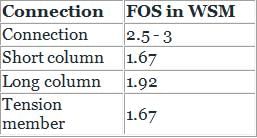
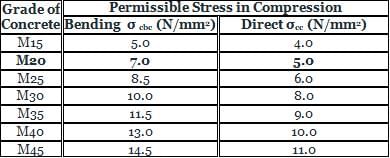
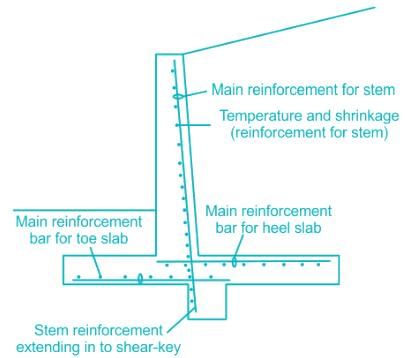


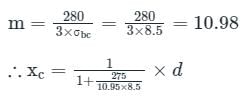

 is not considered and long-term modulus of elasticity is considered to take in account the effect of creep and shrinkage.
is not considered and long-term modulus of elasticity is considered to take in account the effect of creep and shrinkage. where σcbc is permissible compressive stress in concrete in bending.
where σcbc is permissible compressive stress in concrete in bending.
